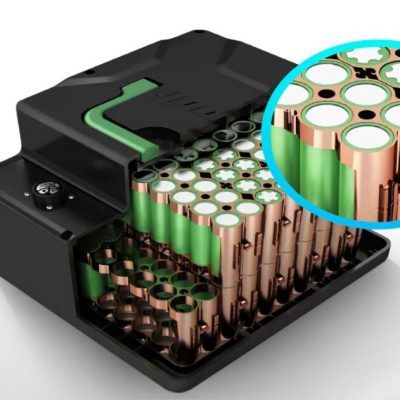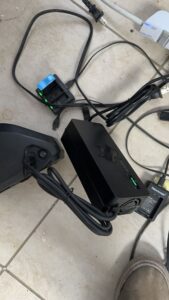
How to charge bike battery
How to charge your bike battery correctly and efficiently? Here you can learn how to charge your bike safely. Charging a bike battery, especially an electric bike, is a simple process.
Lithium-ion batteries are commonly used in many electronic devices, including smartphones, laptops, and electric vehicles,electric bike,electric DC motor. These batteries have become increasingly popular due to their high energy density, long cycle life, and low self-discharge rate. But how do they actually work? In this article, we will explain the science behind the lithium-ion battery.

A lithium-ion battery is made up of several components, including a cathode, an anode, a separator, and an electrolyte. The cathode and anode are typically made of lithium-based materials, while the separator and electrolyte are made of porous materials that allow ions to flow through them.
When the battery is charged, lithium ions flow from the cathode to the anode through the electrolyte. The cathode releases electrons during this process, which travel through the external circuit and power the device. At the same time, the anode absorbs the electrons and lithium ions, which are stored in the anode material.
When the battery is discharged, the process is reversed. The lithium ions flow from the anode to the cathode, and the electrons flow through the external circuit to power the device. This process continues until the anode material is depleted of lithium ions.
Lithium-ion batteries also include safety features to prevent overcharging and overheating. Overcharging can cause the battery to overheat, which can lead to a fire or explosion. To prevent this, lithium-ion batteries include a built-in protection circuit that controls the charging rate and voltage.
Over time, the performance of a lithium-ion battery can degrade due to several factors, including temperature, cycling, and storage conditions. High temperatures can accelerate aging, while excessive cycling can cause the battery to lose capacity. Storage at high or low temperatures can also cause irreversible damage to the battery.
Lithium-ion batteries are recyclable and should be disposed of properly. Recycling can help recover valuable materials, such as cobalt and nickel, and reduce the environmental impact of mining. Many companies offer recycling programs for lithium-ion batteries, and consumers should check with their local recycling facilities for proper disposal methods.
In conclusion, lithium-ion batteries are a popular and efficient type of battery that can power a wide range of electronic devices. They work by transferring lithium ions between the cathode and anode through an electrolyte, and include safety features to prevent overcharging and overheating. While they can degrade over time, recycling can help recover valuable materials and reduce environmental impact.

How to charge your bike battery correctly and efficiently? Here you can learn how to charge your bike safely. Charging a bike battery, especially an electric bike, is a simple process.

The duration of an e-bike battery on a single charge can vary widely depending on several factors, including:
Battery Capacity: The capacity of the e-bike battery is typically measured in watt-hours (Wh) or…..

If your e-bike battery is not charging, there could be several reasons for this issue. Here are some troubleshooting steps you can follow to identify and potentially resolve the problem

Distinguish between different styles of electric bike battery replacement, allowing you to understand what batteries can be replaced with old ones and how to determine the style that needs to be replaced.
Don’t hesitate to inquiry today – all batteries are on special until 26 October 2023. Hopefully I will hear from you :)